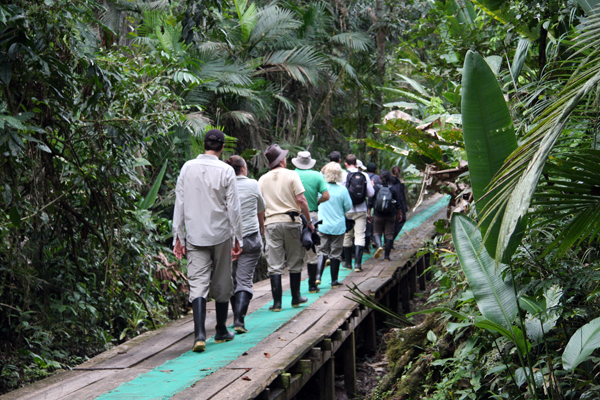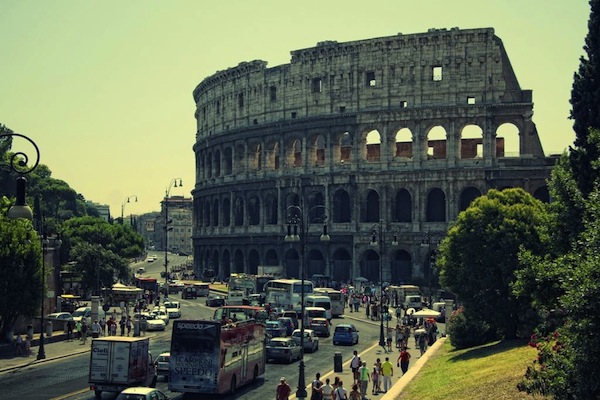Some of the harder to reach locations in the southern region of Costa Rica are the most rewarding to visit in terms of wildlife. Focusing on the Corcovado National Park on a wildlife holiday in Costa Rica offers travellers numerous species of birds to sight as well as many mammals, some of which are endangered. However, for the adventurous traveller who enjoys more elusive sighting opportunities, the Piedras Blancas National Park offers a challenging terrain that is home to a dizzying array of flora, fauna and birdlife.
A Protected Preserve
The Piedras Blancas National Park was originally incorporated into the Corcovado National Park, acting as a sort of gateway for the larger preserve considered by many as the country’s crowning jewel. However, in 1993 the Piedras Blancas was formed independently to protect the last remaining lowland tropical rainforest in the area, which is also the only remaining habitat of the endangered Jaguar. A wildlife holiday in Costa Rica is always rich with exotic sighting opportunities, but many species that inhabit the Piedras Blancas National Park are still being studied and remain an exciting mystery to researchers and visitors alike.
Lush and Tropical
The Piedras Blancas National Park spans over 14000 hectares and forms a protective barrier, with its neighbour the Corcovado National Park, to safeguard the biological corridor of the Golfo Dulce region. The geographical position of the forest means that the weather conditions, including over 200 inches of rain per year, keep the forest lush and tropical all year round. Consequently, the Piedras Blancas is home to a biologically diverse variety of animal and bird life. One could easily focus a trip’s entire attention on the Piedras Blancas National Park and come away highly rewarded.
Impressive Level of Biodiversity
Studies of the preserve have revealed an impressive level of biodiversity within the forest, similar to that found in Corcovado. Scarlet Macaws and toucans have benefited from rescue and preservation efforts, as have all four of the South American big cat species – all of which have been recorded in the area. Other wildlife frequently seen includes an amazing array of reptiles, including over 37 amphibian and 42 reptile species – such as the poisonous Coral Snake, the Pit Viper, the Boa Constrictor and numerous colourful frogs and lizards. Over 330 species of birds have also been sighted in the park, making Piedras Blancas renowned one of the best areas for bird watching and wildlife holidays in Costa Rica.
For amazing wildlife holidays in Costa Rica the Piedras Blancas National Park covers all interests. From the Bottlenose Dolphins seen along its coastline, to the magnificent birds that fly over the towering canopy, as well as the exotic array of reptiles and mammals that inhabit the dense, lush forest, even the most seasoned traveller will be thrilled with all this spectacular park has to offer.








